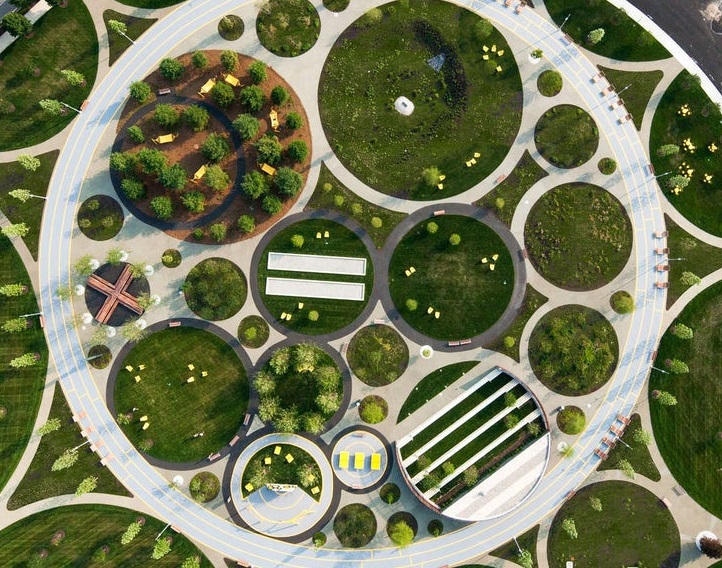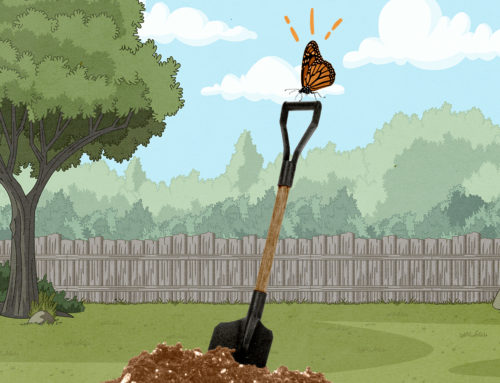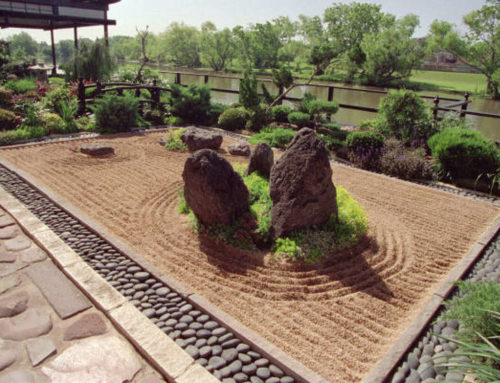Do This Before You Power Wash Anything
When outdoor surfaces get grimy, it’s tempting to think “power wash” and then run out to rent the equipment. But there are a number of precautions and preparations to take before hitting your deck, driveway, or house with this kind of cleaning power.
- Ask yourself: Power wash or pressure wash? Do you know the difference? These terms are often confused and used interchangeably when in reality they are very different and only appropriate for certain jobs. Power washing uses heat to loosen built up dirt, moss, and mold, but isn’t always right for softer or looser surfaces such as wood, pavers, siding, or brick. Use pressure washing for these jobs.
- Consider a detergent. Be aware of what the surface you are cleaning can handle. Will it get scratched or dulled by a harsh cleaner? Understand the need, too. For example, if you are combatting mold or fungus, consider a sanitizer that will kill the organisms. Check the products you are shopping for and read all the manufacturer’s recommendations before using anything.
3. Prepare for the job. Stage the hose and equipment you are going to use to avoid tangles and tripping points. Cover plants that might be in the shadow of the spray, particularly if you are using chemical additive cleaners. Likewise, protect utilities, meters, and light fixtures and close all nearby windows and doors. Sweep loose debris from the surface to prevent sending it flying when the spray hits.
4. Protect yourself. A little water never hurt anybody, but a lot of water at high speeds can. It’s enough to blast away dirt, so naturally it can really hurt if it comes in contact with skin. Protect your face and eyes by wearing safety goggles or a shield. Similarly, heavy boots and gloves are a good idea for protecting your extremities.
5. Get familiar. Learn how to use the power washer before you begin. Ask for a demonstration or tutorial on the equipment if you are new to power washing.
6. Game plan. Figure out ahead of time in which direction you will need to spray so you do not send dirty water over clean surfaces. Vertical surfaces, of course, should be cleaned from top to bottom. For horizonal surfaces, visually plan where the water will go as you spray. When using chemical cleaners, read and follow the directions for leaving the solution to sit. How much can you apply without letting too much dry before you rinse it off?
7. Back off, too. Stay at least a few feet from where you are spraying. You won’t want to be in the line of whatever cleansers or loose debris might bounce off the surface you are cleaning.
LANDSCAPE DESIGN – SANTA BARBARA
When it comes to creating a landscape, homeowners generally fall into two categories: those who itch to start putting plants into the ground themselves and those who recognize a need to hire out the work. Just as it wouldn’t be wise to …
8. Know when to hire it out. There’s no shame in realizing that power washing is just not for everyone, particularly when there is significant dirt buildup or delicate surfaces to worry about. Landscape contractors and other home professionals can choose the appropriate methods and provide this surface with just the right touch.







Leave A Comment
You must be logged in to post a comment.